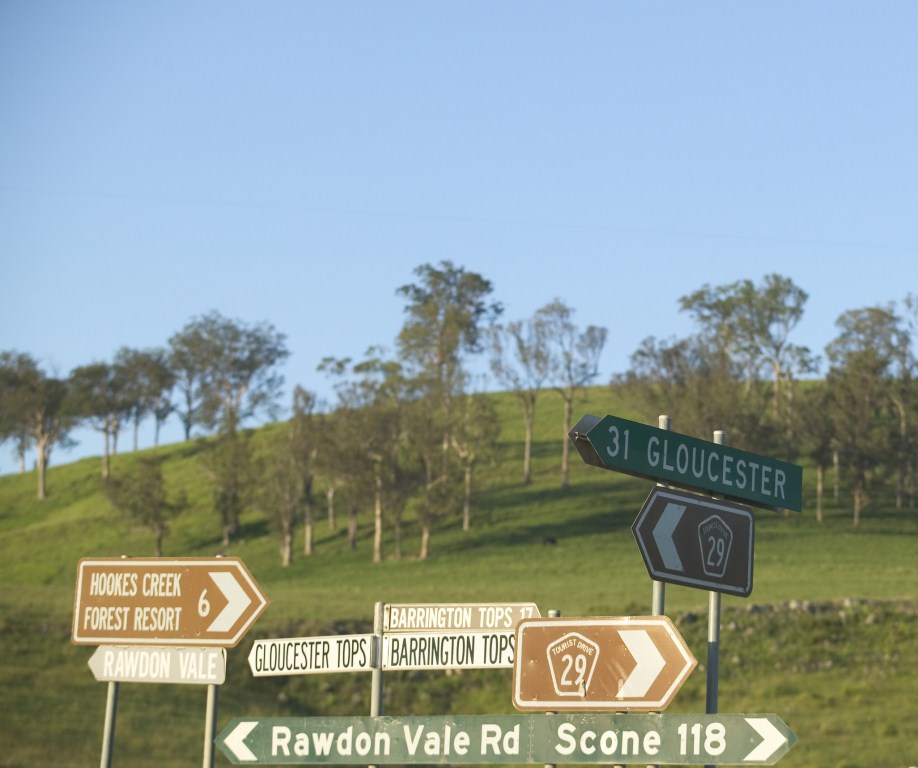
From New Zealand to Central Queensland and across to Western Australia, there are plenty of open roads covered by the Inglis Bloodstock Team in order to inspect every yearling entered for the Australian Easter Yearling Sale.
THE PROCESS
As the hammer comes down on the last lot of the Inglis Australian Weanling & Bloodstock Sale in June, the work behind the scenes to pull together next year’s yearling sales starts the very next day.
“After twenty years it would be nice to maybe have a slight break between the end of one season’s sales and the start of compiling next years, but unfortunately as soon as we put down the gavel we need to pick up the map and hit the road” said Inglis Sydney Bloodstock Director Jonathan D’Arcy.
As soon as the weanling and breeding stock sales are over the Inglis Bloodstock Department is out on the road visiting their assigned vendors to inspect each client’s weanlings, which will inevitably be next year’s sales yearlings.
“The first visit to see the weanlings we take some general notes on each to get an idea of the structure of each horse, but there are no assessments or ratings made at this stage.
“It is more to get a feel for the draft each breeder has and a chance to discuss our sales structure for the following year,” D’Arcy said.
In addition to the weanlings seen at the sales prior, getting on the road early allows the Bloodstock Team to better assess what type of individuals are being produced by first crop sires. This becomes important in September when decisions are being made on the commercial appeal of the stallion side of the pedigree.
In August, Inglis receives about 3,500 to 4,000 entries for its select yearling sales from all across Australia and New Zealand. Each of these are then given a rating based on their pedigree between one and twelve by the Sydney and Melbourne Bloodstock Departments, who get together during the first week of September. Among the things taken into account are each stallion’s performance, his progeny’s popularity and their success on the track, the strength of the female side of the pedigree with a focus on the first two dams and the recent performance of her progeny and close relations.
“By the end of the week we have a very good guide to the strength of the foal crop and an idea of the potential strength of each catalogue.
“If we feel we are short of entries by a popular sire we will go and chase his progeny that have not been entered to bolster our catalogues.
“It is then a matter of getting on the road and inspecting each yearling entered whether we have seen it prior to entries closing or not,” D’Arcy added.
HITTING THE ROAD
On average each member of the Inglis Bloodstock Team covers around 10,000kms during September and October inspecting all the yearlings entered for the Inglis Select Yearling Sales.
“Scone becomes our second home in NSW and we are desperately hoping a new restaurant or two will open up in the horse capital to mix up our diet of steak and salad from the Belmore Hotel” said D’Arcy.
While the whole team acknowledges that six weeks on the road has its challenges, getting out in the country and visiting the properties of Inglis’ clients and being able to see the young horses develop certainly is an enjoyable part of the job.
“I see the horse business as very much a people industry and the more that we can build a better relationship with our clients, the more we can both get out of doing business together” D’Arcy added.
While many of the yearlings entered for the Inglis Select Yearling Sales each year are contained within the major thoroughbred breeding areas of New South Wales, Queensland, Victoria and New Zealand, it is not to unusual for the bloodstock staff to drive for hours between properties.
“This year we had the pleasure of inspecting five yearlings at Wondai, which is 350kms north of Brisbane. It was a five hour round trip to see the yearling, but our motto is ‘every yearling will be inspected’ and the clients were very pleased to see us” said D’Arcy.
Inglis is constantly looking at new innovations in order to service its clients more thoroughly and although the advent of technology such as GPS has led to some interesting situations, other technological advances have enabled easier access to updated pedigrees and information for the Bloodstock Team while on the road.
This year our GPS took us to Railway Street in a small country town, unfortunately there were two Railway Streets and the other one was 20 minutes away!”
“We have started using iPads, which have been brilliant in providing the most up-to-date information when in the field, which is critical when discussing yearlings that might be on the borderline for a particular sale.
“In most cases we like to give each vendor an idea of which sale is most applicable for their yearling on the day with the horses in-front of us, and having new technology to better enable us to make that decision has been immense,” D’Arcy added.
It is essential that yearlings are well educated and behaved during the multiple inspections they receive once they are on the grounds of sales companies around the world, but probably just as important is the on-farm inspection day some four to six months prior.
“While inspections have improved there still is the odd afternoon spent trying to inspect a galloping group of unruly yearlings in a dusty 80 acre paddock,” said D’Arcy.
IT ALL COMES TOGETHER
Inspection ratings and notes taken by the bloodstock staff are uploaded direct to Inglis’ database while they are on the road and the team is kept aware of any pedigree updates within each nominated yearlings first three dams by a daily email.
“Being kept up-to-date during the time we spend on the road is imperative to achieving the successful select sales series that our buyers from around the world demand.
“A good type of individual can upgrade him or herself from a lesser sale to Easter just as a bad conformational fault can affect how well a horse might present at one of the larger sales, it’s just a matter of us getting the correct balance of pedigree and conformation.
“The entire pre sale process of working with the vendors to place their yearlings in the most suitable catalogue also ensures that they have realistic expectations of their value when the sales come around” D’Arcy concluded.
 InglisDigitalAUS
InglisDigitalAUS InglisDigitalUSA
InglisDigitalUSA







